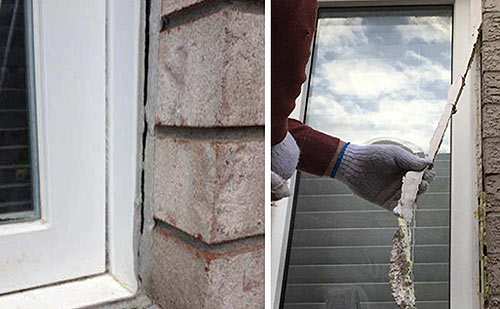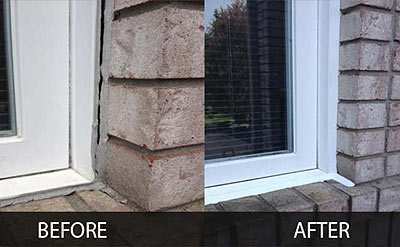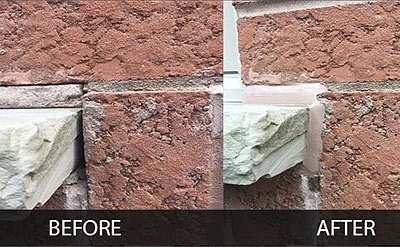Multipurpose caulk is a sealant
Why is important
OLD OR CRACKED CAULKING
You have mold in your home if your caulking is Old or Crack.
While old or cracked caulking can potentially contribute to mold growth, it is not the only factor that leads to mold in a home. Mold requires moisture and a food source to grow, and while old or cracked caulking can allow water to penetrate into your home, there are other sources of moisture that can also lead to mold growth.
Water leaks from plumbing pipes, roofs, or windows can introduce moisture into your home and create an environment conducive to mold growth.
Excessive moisture in the air, often due to inadequate ventilation or humid conditions, can create an environment where mold can thrive.
Condensation can occur on surfaces with temperature differentials, such as windows, walls, or pipes. If condensation persists, it can create a damp environment that promotes mold growth. Read more
Contact ADLER CAULKING for a Free Estimate, Call 647.741.1983
Energy Efficiency
Caulking and sealants help improve energy efficiency by sealing gaps and cracks where air leakage occurs. By sealing these openings, caulking and sealants prevent drafts and reduce heat transfer, which can lead to energy savings and increased comfort in buildings. We have specialized knowledge and experience in applying different types of sealants and caulks... Read more
Air Sealing
In addition to energy efficiency, caulking and sealants are used for air sealing purposes. They seal gaps and cracks in walls, floors, and ceilings, preventing the movement of air between different areas. This is especially important in maintaining indoor air quality and controlling temperature and humidity levels.. Read more
Noise Reduction
Caulking and sealants can help reduce noise transmission through gaps and cracks. By sealing these openings, they create a barrier that minimizes the passage of sound waves, improving acoustic insulation and creating a quieter indoor environment. ADLER CAULKING have the skills and training to deliver high-quality workmanship. Read more
Structural Integrity
Sealants play a role in maintaining the structural integrity of buildings. They are used to seal joints and connections in construction materials, such as concrete, wood, and metal, enhancing their strength and durability. Sealants also provide flexibility, allowing for slight movements and expansion/contraction of materials without compromising the integrity of the structure... Read more
Is Silicone & Caulking Prevent from grow Mold
.
Could caulking protected from mold.
Yes, certain types of caulking can provide mold protection. Mold-resistant caulking products are available in the market, which contain additives that inhibit the growth of mold and mildew.
These caulks are formulated with antimicrobial properties that help prevent mold from developing on the caulk surface. When using mold-resistant caulking, it is important to follow the manufacturer's instructions for proper application and maintenance.
Additionally, ensure that the area being caulked is clean and free of any existing mold or mildew. If there is already mold present, it's crucial to address the underlying moisture issue and remove the mold before applying caulking.
While mold-resistant caulking can help in mold prevention, it is not a standalone solution. It should be used in conjunction with other mold prevention measures, such as proper ventilation, moisture control, and regular cleaning, to effectively minimize the risk of mold growth.
How to remove mold from silicone.
Before you begin, make sure to wear protective gloves, a mask, and eye goggles to avoid direct contact with mold spores. Mix a solution of one part bleach to one part water or use a commercial mold and mildew remover that is safe for use on silicone. Alternatively, you can also use a vinegar solution by mixing equal parts of white vinegar and water. Dip a clean cloth or sponge into the cleaning solution and thoroughly saturate the affected silicone area with the solution. Ensure that the moldy silicone is completely covered. Let the cleaning solution sit on the moldy silicone for about 15 minutes. This will help to break down the mold and loosen it from the surface. After the soaking period, use a soft brush or toothbrush to scrub the moldy silicone. Apply gentle pressure and scrub in a circular motion to remove the mold. Once you have scrubbed away the mold, rinse the silicone thoroughly with clean water to remove any residue from the cleaning solution. Use a clean towel or allow the silicone to air dry completely. Make sure the area is well-ventilated to prevent moisture buildup. To minimize the risk of mold returning, ensure the area is well-ventilated and moisture-free. Fix any underlying moisture issues and consider using mold-resistant caulk or silicone in the future.





